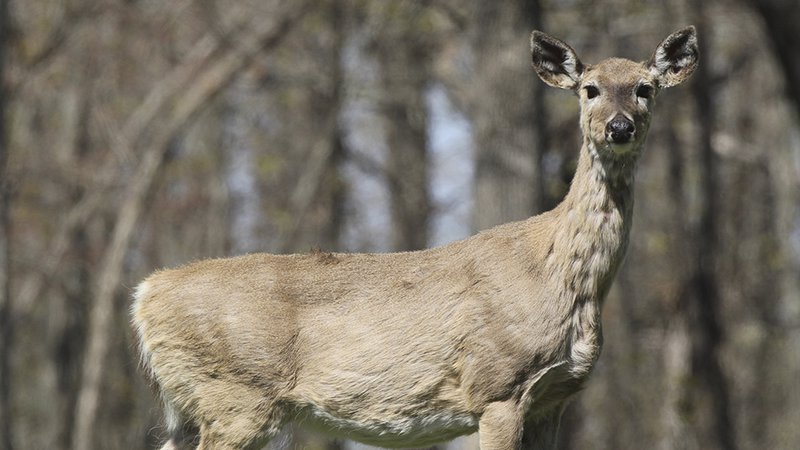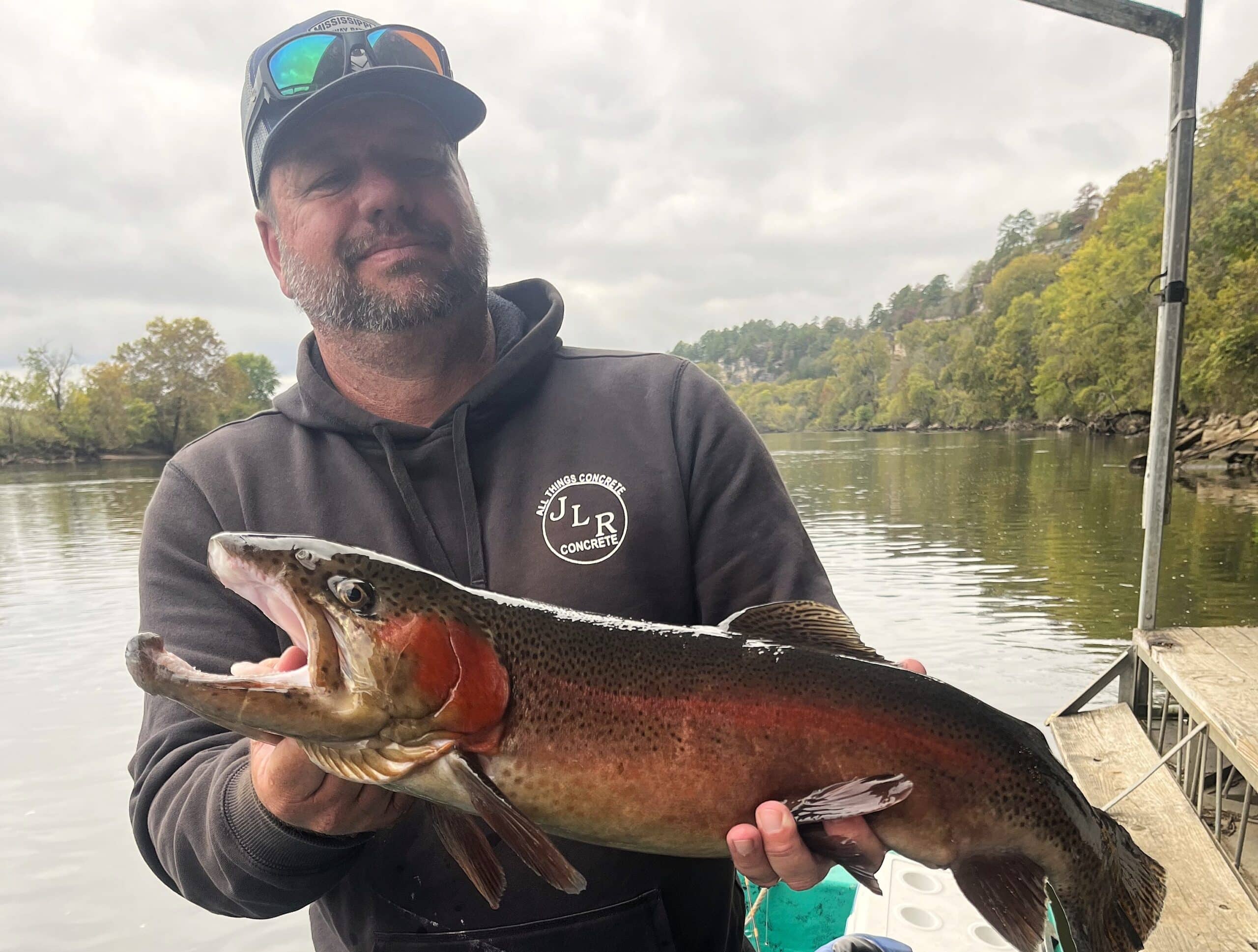Wildlife Researchers Share CWD Knowledge at Little Rock Workshop
ON 07-19-2017

July 19, 2017
Randy Zellers
Assistant Chief of Communications
State wildlife agency representatives from Arkansas, Oklahoma, Louisiana, Mississippi, Missouri, and Texas met with researchers and collaborators from the University of Wisconsin, Arkansas State University, University of Arkansas-Fayetteville, University of Arkansas-Monticello, Arkansas Tech University, the Arkansas Cooperative Fish and Wildlife Research Unit, University of Arkansas for Medical Sciences, National Park Service, US Forest Service, and the Southeast Cooperative Wildlife Disease Study on July 12 and 13 to discuss recent findings about chronic wasting disease and to identify research priorities for the state and region.
CWD is a fatal neurological disease similar to mad cow disease that affects members of the deer family (elk, moose and deer species). It alters the brain and nervous system of the animals, causing weight loss, excessive salivation, and behavioral changes, including abnormal posture, lack of awareness, and seclusion from the rest of the herd.
The first case of CWD in Arkansas was confirmed in Feb. 23, 2016, in samples taken from an elk harvested the previous October. Since then, 213 additional positive cases of CWD have been discovered in Arkansas. Five of those have been in elk and 208 in white-tailed deer.
Cory Gray, manager of the Arkansas Game and Fish Commission’s Research, Evaluation and Compliance Division, says that although Arkansas was the 24th state to discover CWD within its borders, there is still much to learn concerning the disease.
“We think we are in a unique position with this disease,” Gray said. “So we brought together some of the leading researchers and managers concerning CWD to discuss what we know, focus on what we don’t know yet, and what all of us need to learn.”
AGFC Director Jeff Crow said partnerships and knowledge sharing are essential in not only learning what has been successful, but also saves valuable time in avoiding efforts that proved unsuccessful in slowing the spread of the disease. With 23 states having already detected the malady in either free-ranging or captive cervids, Arkansas was fortunate to have a lot of knowledge to draw from in its efforts to educate the public and take steps necessary to slow the spread of the disease further.
“If Arkansas had to go at it alone, I don’t feel like we could be at the point where we are right now in management for this disease,” said Crow. “I want to express my gratitude to everyone who has shared information to help us manage for this disease.
“I want us to continue to work together, not only to help here in Arkansas, but our findings will also help the 25th, 26th and 27th state that detects CWD.”
The meeting not only included wildlife biologists and land managers from conservation agencies, but also researchers from many of Arkansas’s universities. Jenn Ballard, wildlife veterinarian for the AGFC, says that many viewpoints are valuable to identify what direction needs to be taken with research in the future.
“Our goal was to bring in a wide diversity of perspectives to set research priorities for the future,” Ballard said. “We need to look at this disease from as many angles as possible to come up with workable solutions.”
CWD is caused by a misshapen protein, called a prion, which can be passed from animal to animal through saliva, urine and other bodily excretions. Deer and elk also may contract the disease through exposure to infected carcasses, soils and other surfaces that have been contaminated from CWD-positive deer or elk. The disease is always fatal once clinical signs develop, and there is no known cure or treatment that can be given to combat the disease.
“The best approach we have to combatting CWD is to continue monitoring in areas we know we have the disease, continue surveillance activities statewide for disease detection, maintain regulations to minimize disease amplification and distribution, and all the while, conduct research to learn and direct future actions,” said Gray.
Recent News

Arkansas Wildlife Weekly Fishing Report
Oct. 30, 2025
Subscribe to Our Weekly Newsletter E-mails
Don’t miss another issue. Sign up now to receive the AGFC Wildlife Weekly Newsletter in your mailbox every Wednesday afternoon (Waterfowl Reports are published weekly during waterfowl season and periodically outside the season). Fishing Reports arrive on Thursdays. Fill in the following fields and hit submit. Thanks, and welcome!

